As tinnitus sufferers, we don’t usually hear much about research, and certainly we don’t get the opportunity to engage directly with tinnitus researchers. Tinnitus Quest wants to change that. In fulfilling our mission of funding exploratory research into new therapies that could silence tinnitus, we are taking patients along for the ride. Our Patient Advisory Board will get a say on which research projects we fund. And everyone in the community will be able to follow quarterly updates from these projects. (FYI, we have not yet awarded any research grants, so no updates to share yet!).
The live Q&A events that we organized in 2024 (and will continue to organize in 2025), are another way of taking tinnitus sufferers along for the ride and connecting them directly with researchers. You can find all past and future Q&As on our Events page. For those of you who do not want to watch hours of recordings, below are my personal highlights.
Hazel’s Ten Highlights from Our Research Q&As
- Tinnitus is caused by a combination of bottom-up causes like hearing loss and top-down causes like the lack of noise suppression in higher brain regions. Researchers have come up with different models of tinnitus, most of which are complementary to one another, but focus on different parts of the ear and brain. One theory states that the brain has a “braking mechanism” which malfunctions in the case of tinnitus. This can be seen in brain scans, and in fact, can be observed to switch on and off in people who experience intermittent tinnitus. If we can learn to control this switch, we can silence tinnitus.
- There are only two interventions that have proven to significantly reduce tinnitus loudness, but unfortunately neither is suitable for widescale use. Nevertheless, and very importantly, this proves that tinnitus CAN be silenced.
- Cochlear implants have demonstrated significant success in reducing tinnitus loudness. They are unfortunately only suitable for people with severe hearing loss.
- Lidocaine can stop tinnitus in 70% of patients, but the effect is transient, and its side effects prevent routine use.
- Neuro-inflammation is proven to be a factor in chronic tinnitus; therefore, reducing inflammation seems like a viable option for better tinnitus treatments.
- Electrical stimulation of the inner ear is a promising research avenue to silencing tinnitus (in some people), and multiple groups around the world, including one led by Dr. Djalilian, are currently working on developing different variations of such devices and bring them to market.
- Some studies indicate a close link between migraine and tinnitus, which means some forms of tinnitus could be controlled with migraine medication. Initial results suggest these therapies can help people suffering from migraine-induced tinnitus by reducing spikes and fluctuations in their tinnitus.
- Although deep brain stimulation (DBS) and brain implants have shown remarkable results in some people, they were not effective at all in others. Due to the high cost and invasiveness of the procedure, we need to find less costly and invasive ways of achieving the same (or better) results.
- Researchers are hesitant to express an opinion on Dr. Susan Shore’s bimodal stimulation device (expected to hit the market in coming years) until more data is released, but generally they believe that it could be a viable option for some tinnitus patients. Several other groups (including one led by Dirk de Ridder) are developing their own bimodal stimulation devices, based on different theoretical principles.
- The Lenire bimodal stimulation device (already on the market) seems to improve suffering somewhat more effectively than most other treatments, but it does not seem to reduce the loudness of tinnitus. Furthermore, it’s only effective in some people, and information on which patients could benefit is lacking.
- Tackling tinnitus might require a combination of different treatments (medications, devices, lifestyle changes, physiotherapy, etc.) that enhance each other’s effectiveness, which also will need to be tailored to the individual.
- If we want to make significant breakthroughs, funding is the most critical factor! Aiming to achieve an 80% reduction in loudness for 80% of sufferers within the next five to ten years seems reasonable, but only if sufficient funding becomes available.
A Summary of Three Q&As
Keen to learn more? Here’s a useful summary of what each Q&A event addressed, so that you can pick the one(s) you would like to watch.
Dr. Hamid Djalilian
Hamid focused on two topics: 1) his treatment protocol based on his theories about migraine and tinnitus; 2) his electrical stimulation device.
The Migraine Protocol
Fluctuations in tinnitus volume, or intermittent tinnitus where it goes away and then returns, cannot be explained solely by the loss of hair cells in the inner ear. Research by Dr. Djalilian suggests that a process called otologic migraine leads to these fluctuations. Migraines, although most often associated with headaches, can manifest in different ways. At its core, migraine can be considered a sensitivity of the brain. This sensitivity causes tinnitus to be perceived as louder. Therefore, when an otologic migraine is active, tinnitus increases in volume, and when the migraine subsides, the tinnitus becomes quieter. If this brain sensitivity can be controlled, then the intensity of the tinnitus can be reduced or even eliminated if treated in the very early stages.
Dr. Djalilian’s protocol involves identifying tinnitus triggers such as stress, lack of sleep, diet, hormonal changes, and overstimulation – and controlling these through lifestyle changes and cognitive behavioral therapy. Secondly, medications can be prescribed to raise the migraine threshold.
Electrical Stimulation of the Inner Ear
Dr. Djalilian has performed a series of experiments investigating the potential for electrical stimulation to reduce tinnitus loudness. His final experiment involved numbing the eardrum, making an incision and inserting an electrode into the middle ear to electrically stimulate the inner ear. Ten subjects participated in this trial and about 60% experienced significant tinnitus suppression, which varied in duration from a few minutes to a few hours.
Following these promising results, Dr. Djalilian is now working on a semi-implantable device which will be placed behind the eardrum to deliver electrical stimulation to the inner ear. His team is currently working on optimizing the devices shape and size. Once in production, the device will only require a very small procedure by a qualified ear surgeon within a clinic setting.
Dr. Berthold Langguth
Berthold answered a plethora of questions. He covered the concept of tinnitus sub-types, and his belief that better understanding sub-types will lead to better, more personalized, treatments. Somatic tinnitus for instance could be treated by physiotherapy, while this may have no effect on non-somatic tinnitus. And hyperacusis plus tinnitus could be its own sub-type with its own underlying mechanism. Thus, Dr. Langguth believes there will never be a one-size-fits-all treatment for tinnitus.
He spoke about the substantial resources (i.e. hundreds of millions) necessary for developing new drugs. But luckily, there is also great potential in repurposing existing drugs and trying out combinations of treatments to help tinnitus sufferers.
He explained how he currently tries to help patients in his clinic with a combination of behavioral therapies, hearing aids, medications, and more. He furthermore dispelled the myth that certain foods and drinks can make tinnitus worse but also stressed that individual triggers can temporarily increase tinnitus, so it makes sense to identify one’s own triggers.
Finally, Dr. Langguth answered questions about Lenire and Susan Shore’s device, outlining that the two are similar, but in Dr. Shore’s device the timing of the electrical and auditory stimuli is highly significant. He questioned the ability to conduct a double-blind controlled trial for these approaches, since the effectiveness of the blinding may be questionable.
Dr. Dirk de Ridder
Dirk’s Q&A session was so varied and dense in information that you really should check it out for yourself! And if you want to go deep, watch our follow-up in-depth 4-hour long (!) Q&A with him on our YouTube channel.
Dr. de Ridder explained how the Bayesian brain theory sees the brain as a prediction tool. This not only explains why the brain generates tinnitus due to lack of input (hearing loss) but also explains phenomena like reactive tinnitus.
The part of the brain responsible for noise suppression, known as the pregenual anterior cingulate, which becomes less effective when we’re under chronic stress. Our brain then may treat all external sounds as potentially important, causing it to suppress fewer stimuli. Prolonged stress can lead to atrophy in this “braking” system, making it less capable of suppressing internally generated sounds, which may result in tinnitus. Stress and other factors like sleep quality can also cause tinnitus fluctuations.
Dr. de Ridder used brain imaging techniques to examine the difference between tinnitus and no-tinnitus states in a small group of people with intermittent tinnitus. The findings focused on the pregenual to rostral anterior cingulate cortex, known as the brain’s “braking” system. On the days participants experienced tinnitus, this area was nonfunctional, whereas it was active on the days they were tinnitus-free.
Dr. de Ridder mentioned that in every chronic brain-related disease, neuroinflammation is involved. What neuroinflammation does is it turns something acute into something chronic. Thus, managing inflammation could be key to silencing tinnitus. He furthermore spoke about why he prescribes clonazepam for tinnitus, how REM sleep is related to tinnitus, the longer-term effects of tinnitus on cognition, the potential for psychedelic treatment, and much more.
Will a solution be found within five years? Dr. De Ridder hopes so, but it will require more money and research. Conditions like AIDS and COVID-19 were addressed quickly because billions were invested, but tinnitus research receives far less funding, which limits scientific advances. With more funding, researchers could run multiple studies simultaneously, such as PET imaging, ultrasound, and temporal interference.


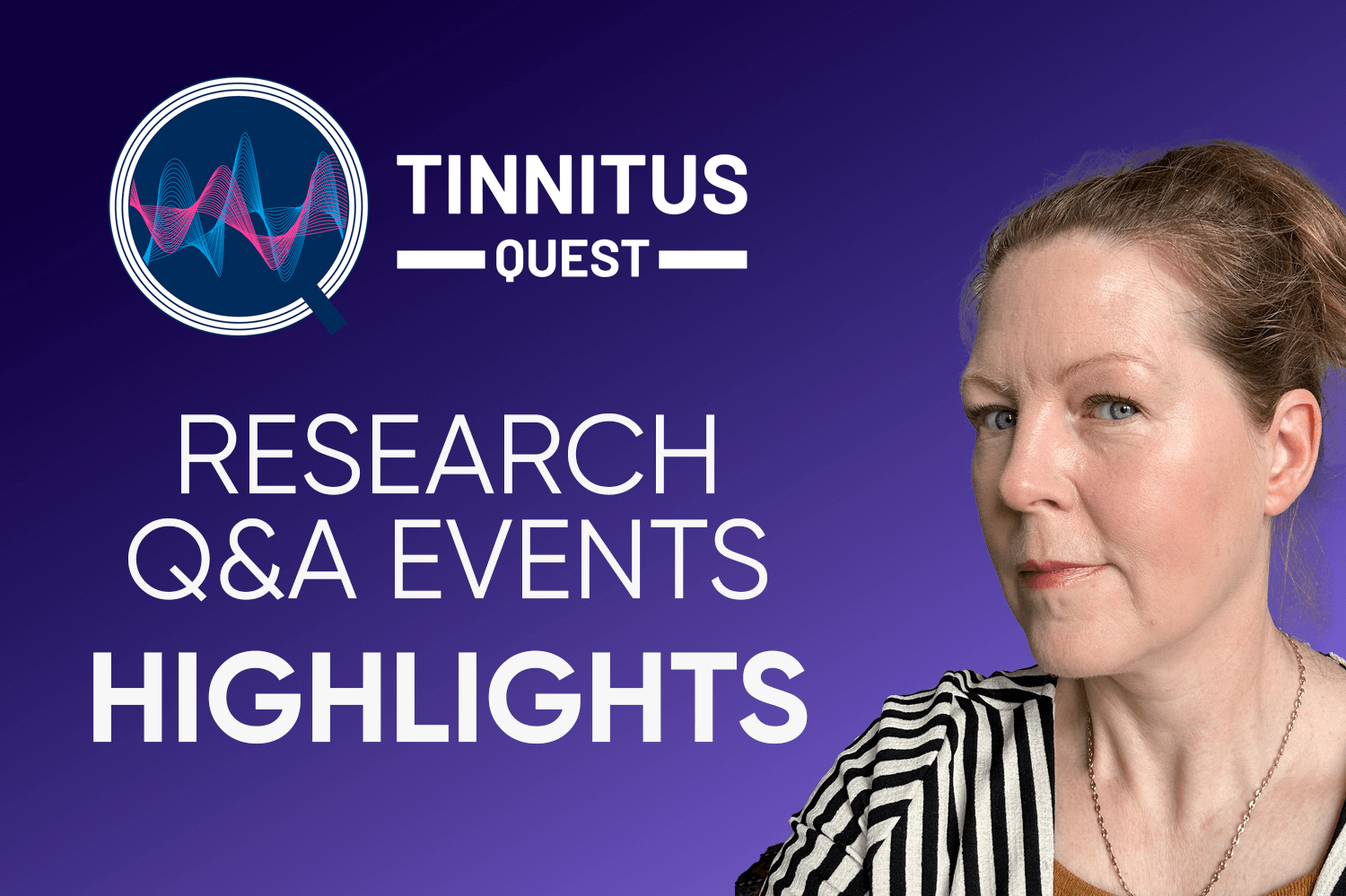
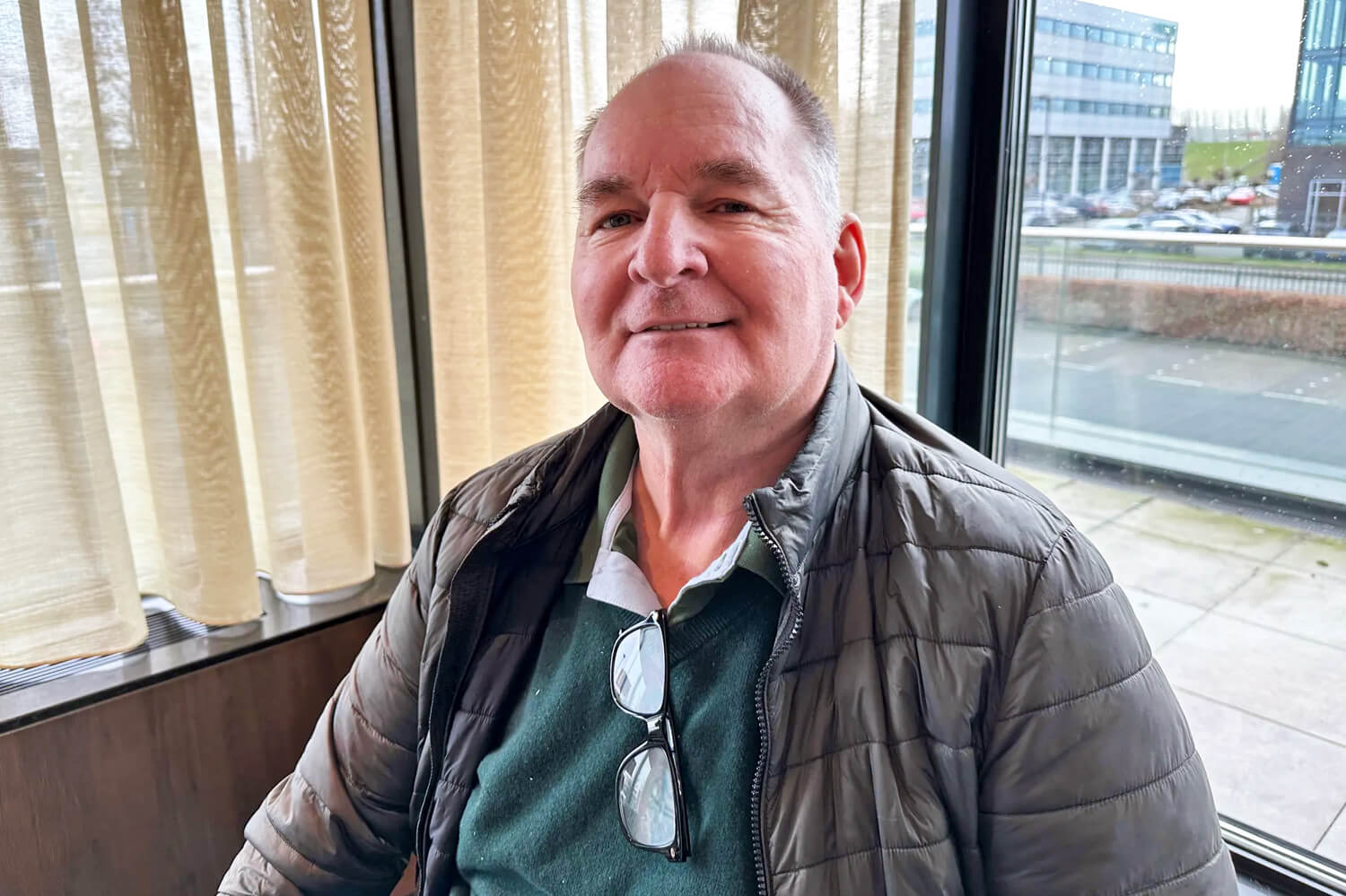

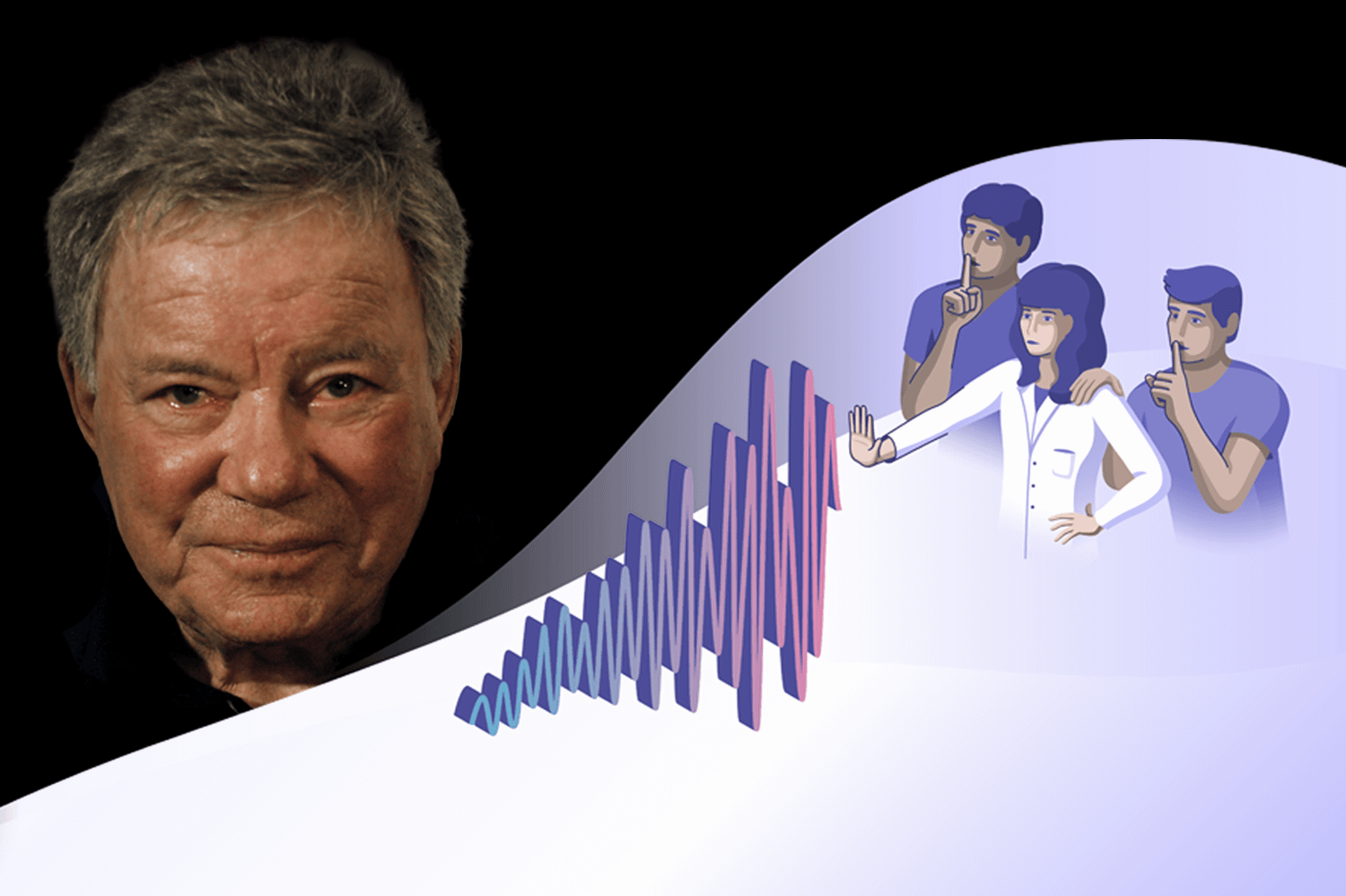
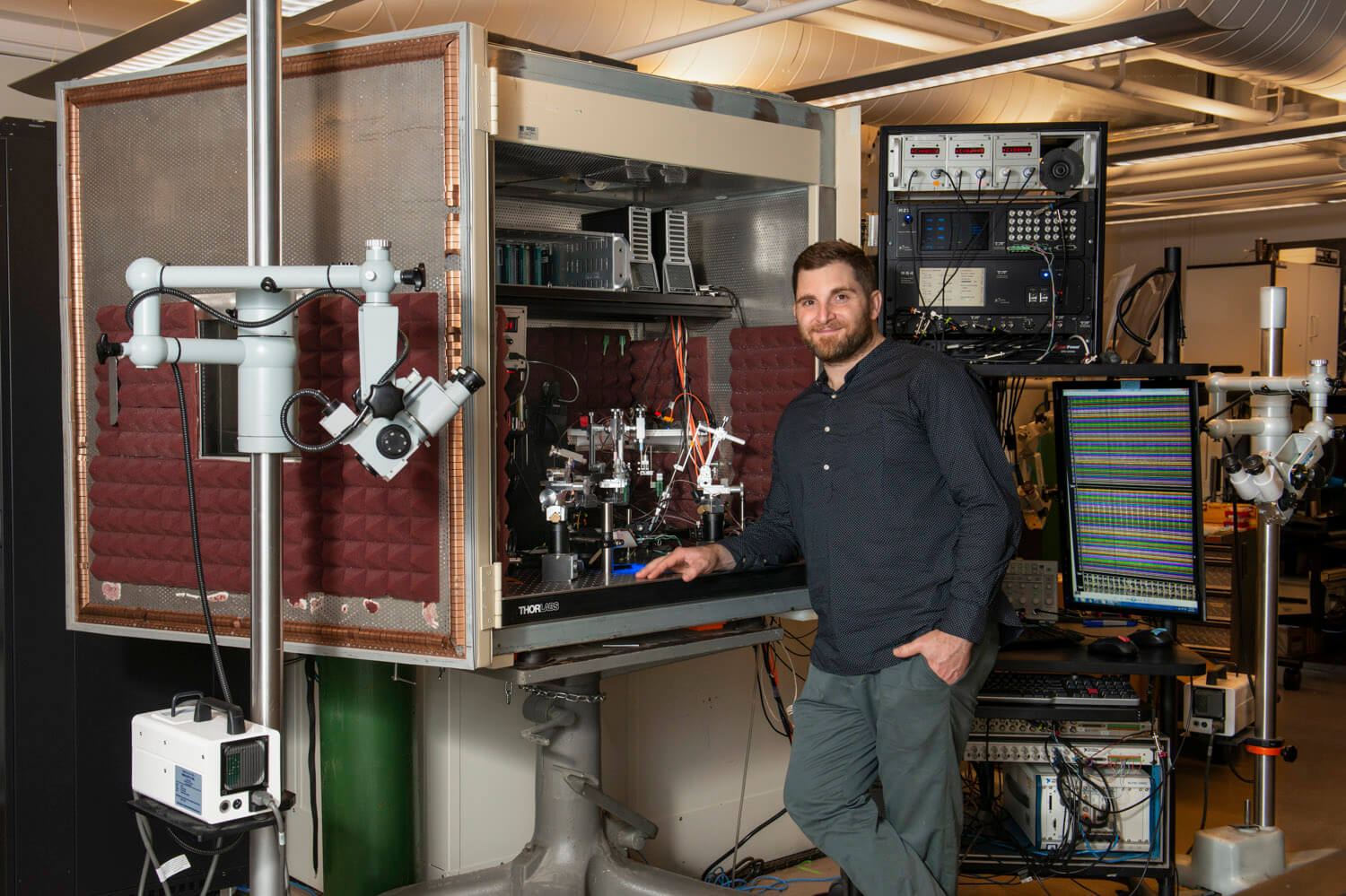

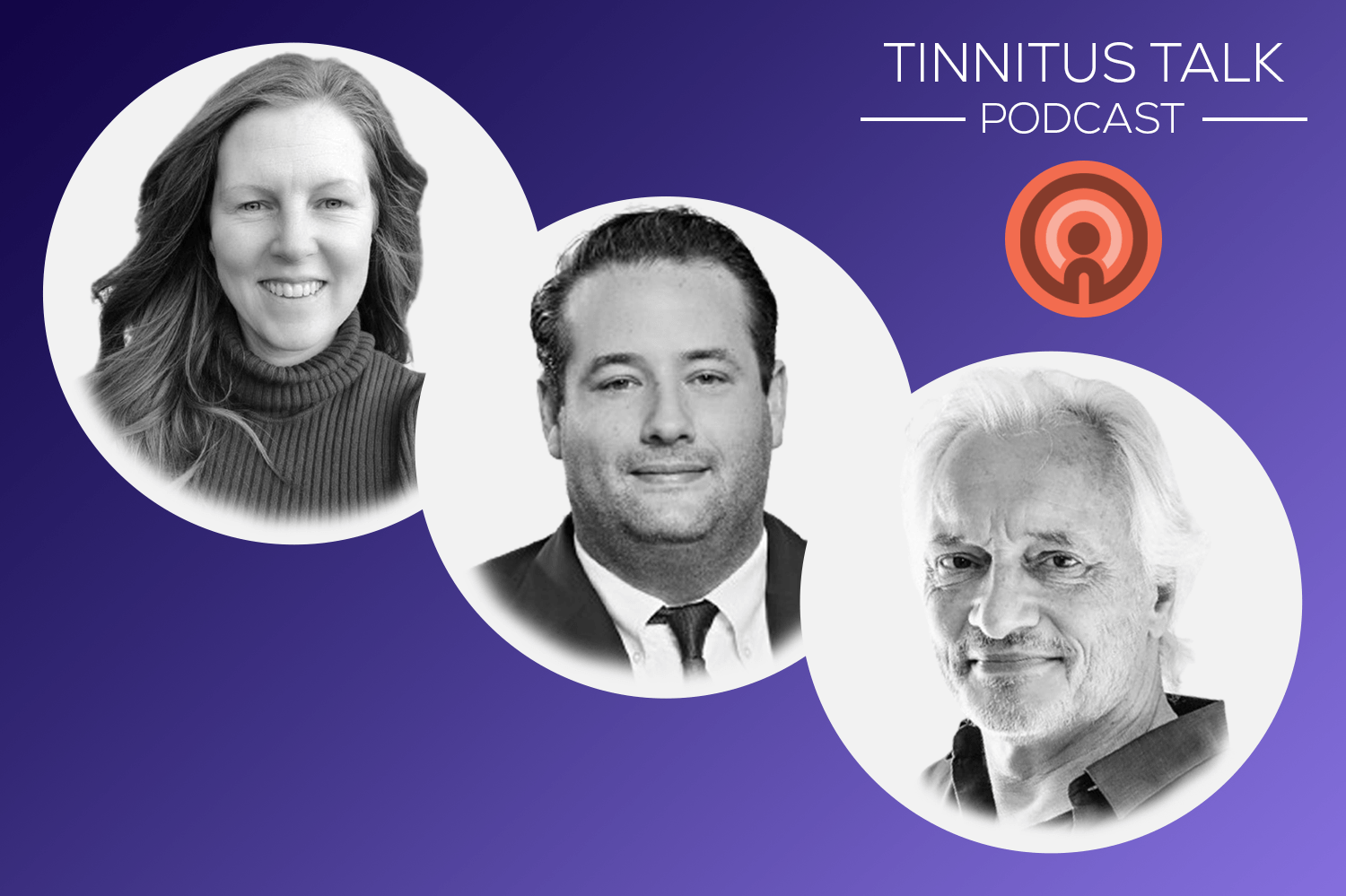
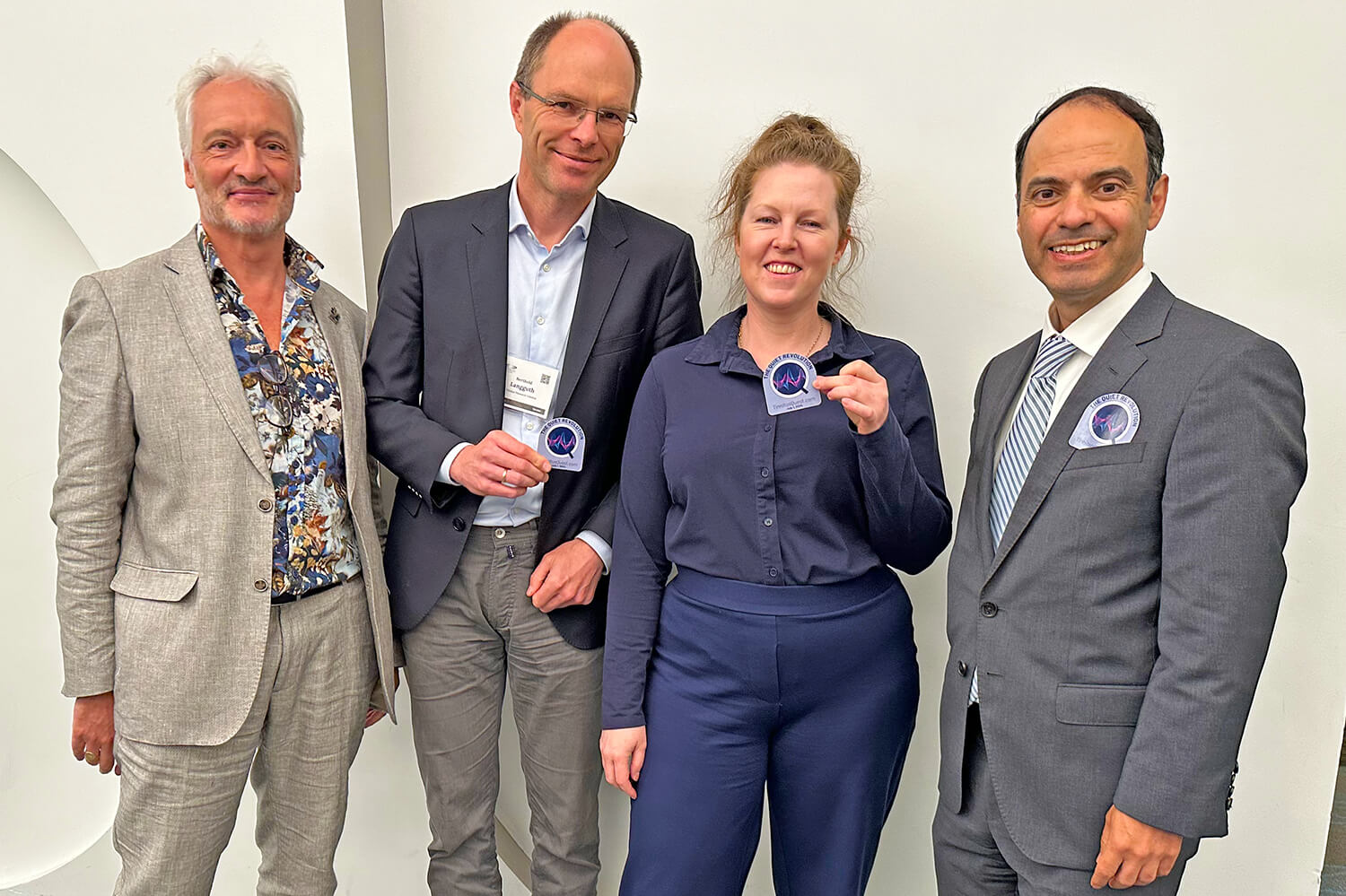

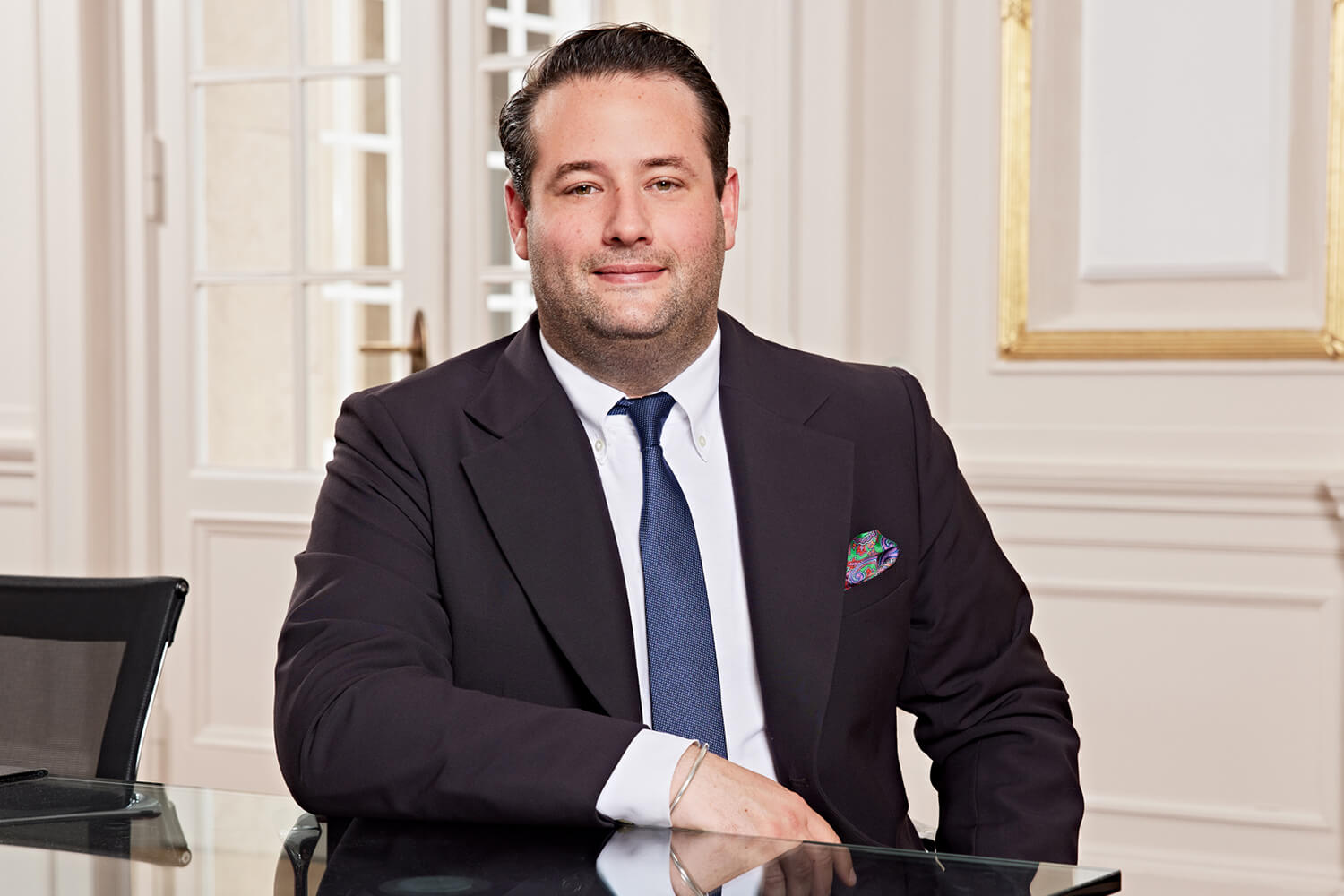
6 Comments
Great summary! Thank you for this.
This is beautiful to see, I wish you all the best.
Very interesting read. I really enjoy hearing any updates on tinnitus research.
I hope that continued research will lead to options that reduce or eliminate the buzzing experienced by tinnitus sufferers. I am one of those who have lived with it for many years.
I want to remain hopeful, but it’s really hard sometimes. I come to this site often to remind myself that so many brilliant minds are working to solve this problem. My hope is that every sufferer will give even a one-time donation.
I donate monthly and will continue to. Thank you for keeping us informed.
I just came across Tinnitus Quest and donated. Thank you.